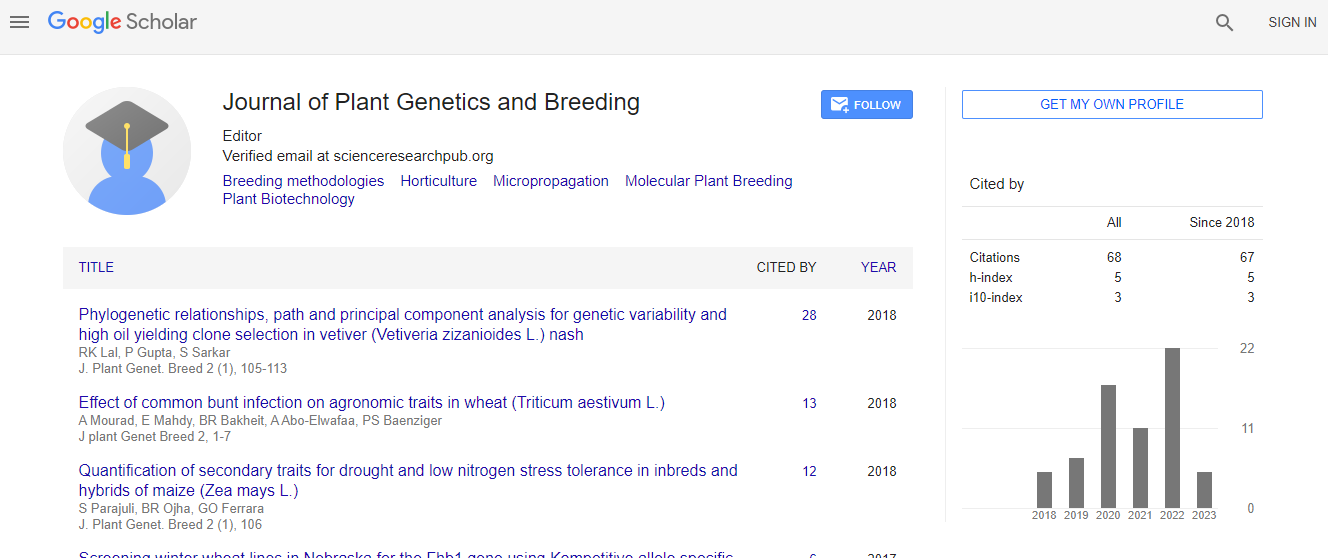Phalaenopsis aphrodite (moth orchid): Functional genomics and biotechnology
*Corresponding Author:
Copyright: © 2018 . This is an open-access article distributed under the terms of the Creative Commons Attribution License, which permits unrestricted use, distribution, and reproduction in any medium, provided the original author and source are credited.
Abstract
Phalaenopsis aphrodite (moth orchid) is one of the most important ornamental crops in the international orchid market. In nature, this epiphytic orchid grows on the surface of trees. P. aphrodite has thick, succulent leaves and performs typical Crassulacean Acid Metabolism (CAM) photosynthesis. CAM orchids evolved to maximize carbon gain and simultaneously minimize water loss by opening their stomates at night under arid conditions, therefore, attaining high water use efficiency. However, several constraints such as slow growth rate, high ploidy levels and large and complex of genome size might hamper basic study of this orchid. The availability of next-generation sequencing technologies has greatly advanced the possibility of examination of sequence information in non-model crops. There are two orchid databases, named OrchidBase 2.0 and Orchidstra 2.0 freely available to the public in Taiwan. Notably, Orchidstra 2.0 provides transcriptomic resources for 18 orchid species including gene expression patterns in various tissues. The genome sequence of P. equestris (a close relative of P. aphrodite) was published in 2015 and recently, in April 2018, Academia Sinica further published the genome sequence of P. aphrodite. These databases and platforms facilitate functional genomics study and might speed up molecular breeding progress. In addition, several recent molecular technological advances might accelerate basic research, such as Virus-Induced Gene Silencing (VIGS) that provides transient, rapid testing for functional validation and screening of functional genes in orchids and transient protoplast assay technology that can facilitate molecular study. Moreover, we developed a heritable and efficient Agrobacterium-mediated transformation using protocorms that enables functional genomics studies and molecular breeding. Here, I will present two cases of functional genomics studies of P. aphrodite: Chloroplast movement and multiple spiking. Plants are sessile; therefore, they have evolved mechanisms to regulate growth and development to cope with ever-changing environments. In general, this orchid is very sensitive to high light irradiation, which can lead to burn spots on the leaves. Phototropins are blue light receptors in plants that function in chloroplast movement, stomatal opening and affect plant growth and development. We have characterized the function of two phototropin genes in chloroplast movement. For the second case, multiple spike induction and its mechanism in P. aphrodite will be discussed.

 Spanish
Spanish  Chinese
Chinese  Russian
Russian  German
German  French
French  Japanese
Japanese  Portuguese
Portuguese  Hindi
Hindi 